Vorwort zum Handbuch „Oh, wie cool! Oh, wie cool!“ hat ein 10jähriger Junge bei der offenen kreativen digitalen Werkstatt „Maker Days for Kids“1 in Bad Reichenhall im April 2015 mehrere Minuten lang immer wieder gewispert, als er seine selbstgebastelte VRBrille auf der Nase hatte und in die Tiefen der 3DWelten von Achterbahnen und JumpAndRunSpielen eintauchte. „Oh, wie schön“ dachten sicher etliche der Eltern, als sie bei der abschließenden Ausstellung die Acrylbilder bestaunten, die nicht nur aus Collagen von unterschiedlichen Materialien und Farbe entstanden sind, sondern die auch noch mit funkelnden LEDs bestückt waren.
Und irritiert waren wohl die Ehrengäste bei der Abschlusspräsentation der „Maker Days for Kids“, als sie auf einmal selbst der GameController waren, mit dem ein von Kindern programmiertes Spiel gelöst werden musste. Making, also das kreative Gestalten und Selbermachen, insbesondere mit digitalen Technologien, ist aufregend und spannend. Solche MakingAktivitäten faszinieren Kinder, Jugendliche und Erwachsene. Technisches Verständnis, kreatives Problemlösen, soziales Miteinander und handwerkliches Geschick werden dabei ganz nebenbei trainiert. Keine Frage, dass es für uns galt, die Erfahrungen der „Maker Days for Kids“ aufzubereiten, zu verbreiten und auch mit Erfahrungen von anderen MakingAktiven zu ergänzen.
Nach den „Maker Days for Kids“ war das der erste offene, kostenlose OnlineKurs zum „Making mit Kindern“ auf der Plattform iMooX.at im Herbst 2015. Mehr als 600 Teilnehmer/innen haben sich bis zum Februar 2016 am Kurs beteiligt. Die Projektbeschreibungen des Kurses wurden nun für dieses Handbuch ergänzt und mit weiteren Texten versehen.
Learn more / En savoir plus / Mehr erfahren:
https://gustmees.wordpress.com/2014/08/20/maker-space-a-new-trend-in-education-and-a-big-responsibility/
https://gustmees.wordpress.com/2014/08/24/coding-a-new-trend-in-education-and-a-big-responsibility/
http://www.scoop.it/t/21st-century-learning-and-teaching/?&tag=Ideas+for+makerspaces
Via
Gust MEES



 Your new post is loading...
Your new post is loading...

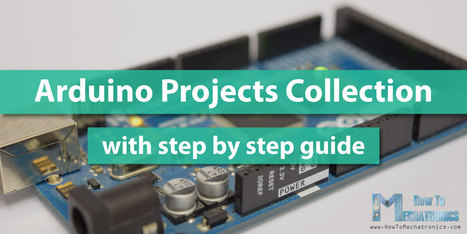



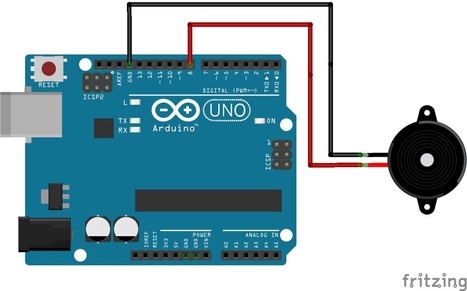



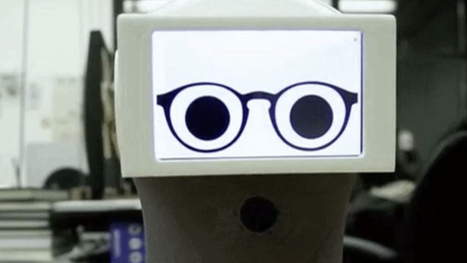

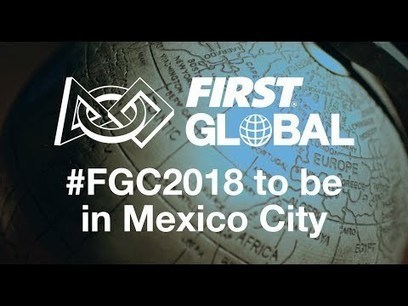
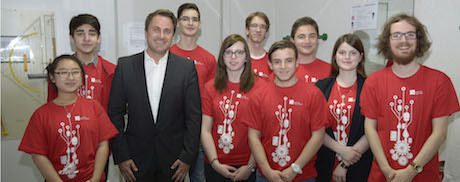
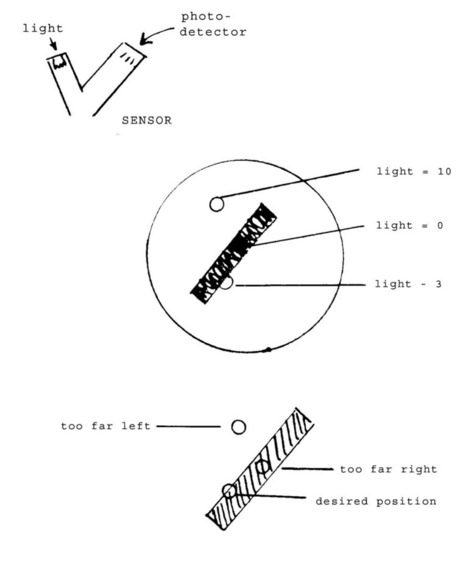

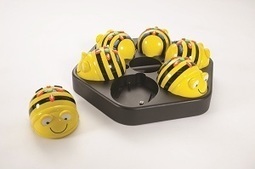






Each of the following DIY Arduino projects is covered with detailed step by step tutorial on how to do it yourself and includes circuit schematics, source codes and videos.
This collection of Arduino Projects features:
Wireless control
Automation
Motors control
Robotics
LEDs
and more.
Learn more / En savoir plus / Mehr erfahren:
https://www.scoop.it/t/21st-century-learning-and-teaching/?&tag=makerspace
https://www.scoop.it/t/21st-century-learning-and-teaching/?&tag=ARDUINO